So, you want to get into film photography, but you’re a penny-pinching old cheapskate like yours truly. How can you satisfy your frugal side and your film side at the same time?
We might as well rip off the band-aid first thing; film is not cheap and never will be. At least, not compared to digital. But that doesn’t mean it has to cost a mint every time you go out to shoot. There’s a lot of ways to minimize costs and get the most out of your hard-earned dollars.
The Camera
After immediately dashing your hopes in that last paragraph, I’m back with some good news; film cameras can be quite affordable.
Note that all these prices are estimates based on what’s available in the United States at the time of this writing (2024).
Fully Mechanical
In my opinion, the 70s are kind of a sweet spot for cheap used cameras. Cameras from this era are usually simple, reliable, and very well made. The SLR (single lens reflex – the viewfinder looks through the lens) was taking off massively and there were a lot made.
Today the used market is saturated with old mechanical SLRs, to the point where you can probably find a decent one for $50.
There are a lot of great cameras from a lot of great brands out there, but my recommendation is something from the Minolta SR-T series. There are a lot of great lenses available for these cameras, and they do everything you could really want from an SLR. As long as you don’t mind manual settings and a bulky full-metal body that is.
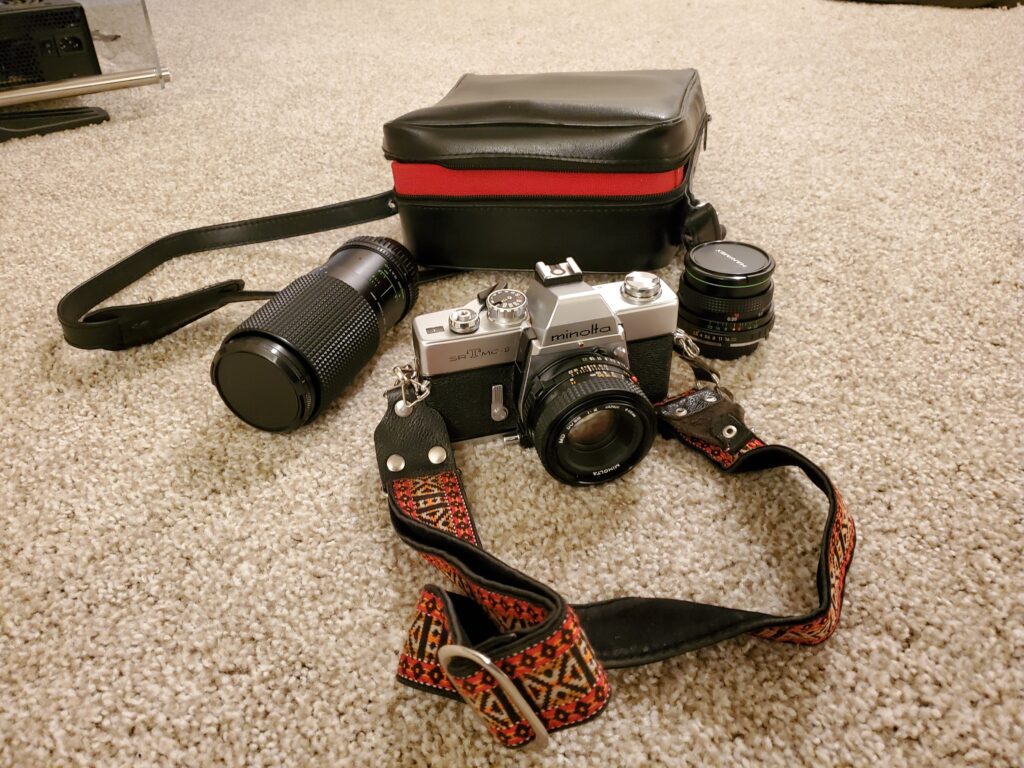
Note that you’ll probably have to source a replacement for discontinued mercury batteries if you want to use the light meter. Make sure the meter works too, as that’s a common failure point!
The Technology Era
As technology improved, it brought with it cameras that could do tons of new things — automatically optimize settings based on available light, wind film with no help from the user, and even (gasp!) focus automatically!
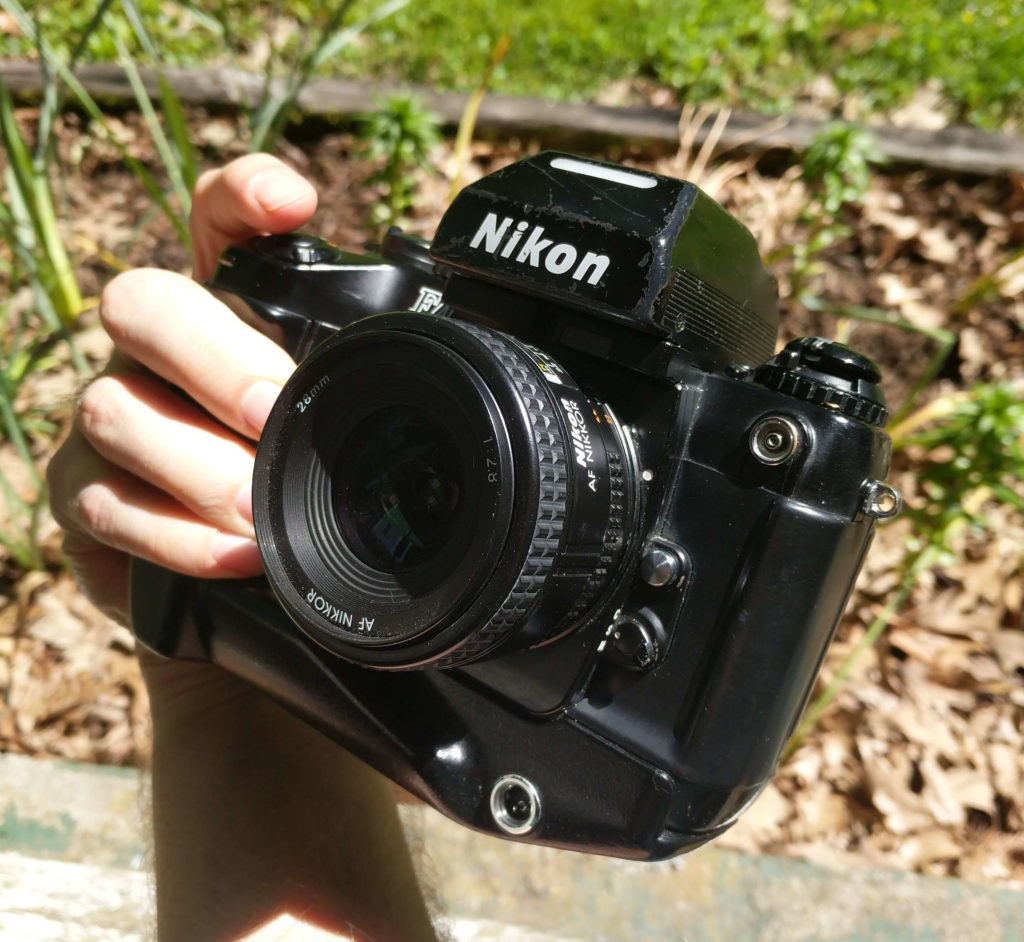
And while it wasn’t as durable, the plastic bodies these cameras frequently used also made them a lot lighter and more practical.
There are lots of cameras from this era too, but my recommendation is the Minolta Maxxum 7000. Despite the counterintuitively high model number, this was Minolta’s first autofocus SLR. In fact, it was the first autofocus SLR ever. Despite this, I’ve heard the autofocus is quite passable and the lens system is great. They’re plentiful, and for the price, quite tough to beat.
Thrifting
Up till now, I’ve been mostly talking about ebay. Ebay is consistent, and you can usually find exactly what you’re looking for. You pay a bit more for the privilege though.
If you’re patient, lucky, or ideally a bit of both, you can sometimes find 35mm cameras thrifting. It’s worth checking thrift stores, yard sales, and antique malls. I’ve had the best luck finding camera stuff at the latter.
If you find the right seller, sometimes you can score a fully working film camera for under $10. It’s always worth googling a model before you grab it though.
Thrift store cameras also come without warranties, so it’s all luck of the draw.
The Film
Here’s where things start to get pricey. All is not lost though; there’s still a lot of ways to save money.
Resellers
For whatever reason, 35mm film is way more expensive on Amazon than other film sellers. For the best prices, B&H is usually my go-to. I’ve also heard good things about Dirt Cheap Film, and they make their ethos pretty clear in the name of the business. Film Photography Project is another good one, and is a great small business dedicated to the future of film photography.
Black and White vs Color
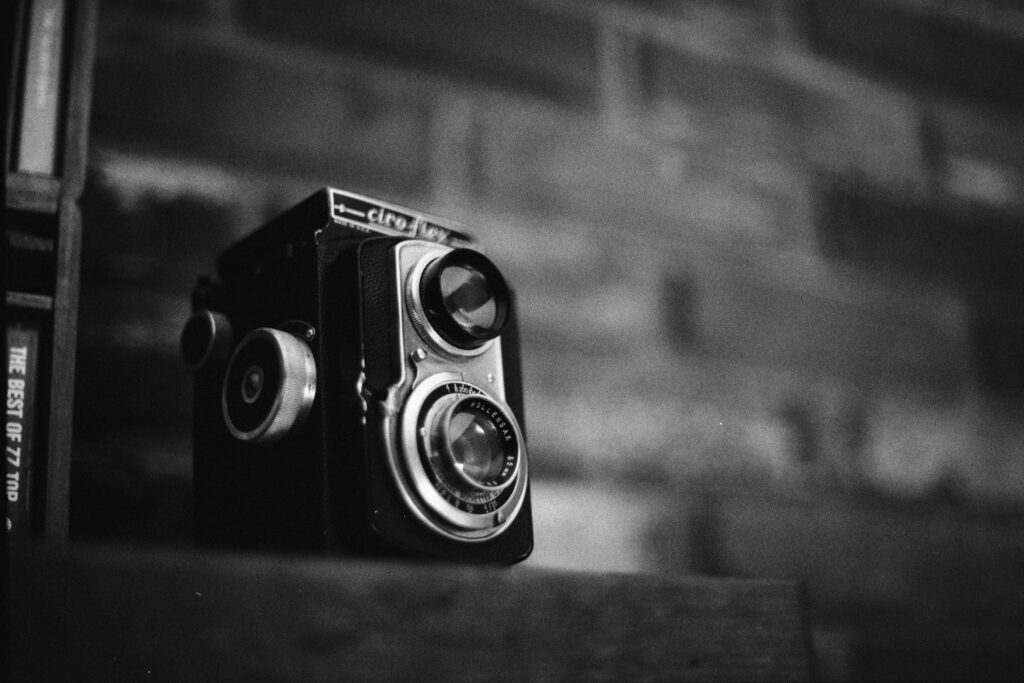
Black and white film can be found for much cheaper than color. Maybe that’s not your jam, but if it is, film stocks like Kentmere are insanely cheap at only a couple bucks per roll.
Black and white is also much easier and cheaper to develop at home, which can definitely save you some money.
Development
That brings us to development, which is its own can of worms. Depending on where and how you get your film developed, it can sometimes double the cost of a roll! It’s very worth finding out if you have a good local lab/camera store, as you can not only save on shipping costs but they can be a valuable resource on your film journey.
If you’re looking for a good mail-in lab, I like Memphis Film Lab. They do very good work, and are reasonably priced at $9/roll.
Eventually, if you decide you like this hobby enough, it might be worth getting into home development. It’s not really in the scope of this article, but you can save a lot of money by being your own lab. The equipment and space requirements are pretty minimal (you don’t need a darkroom!) but definitely not worth it if you only shoot a roll or two per month.
Expired Film
I won’t go in depth, because I already wrote an article about this a while ago. But if you like to experiment, and you’re lucky enough to find a deal on some expired film you might save some money this way.
Half Frame Cameras
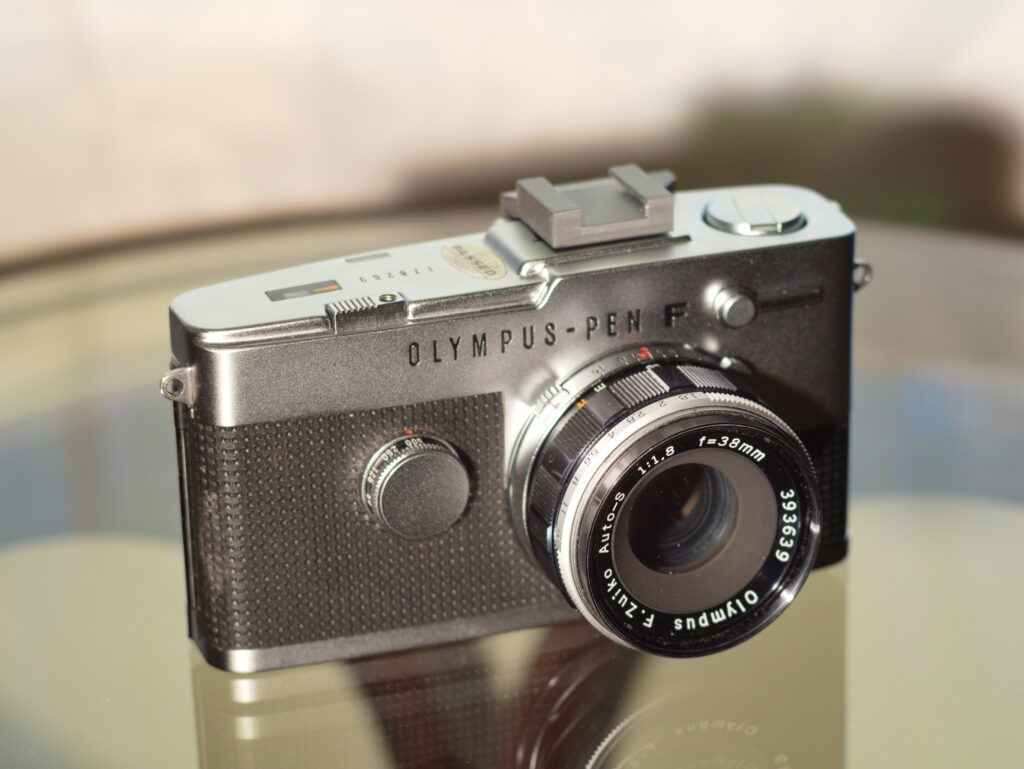
I’m including this here as a quick note. Half frame cameras do save film by doubling the number of exposures on a roll, but the cameras usually command a high price premium. The Ektar H35 is an exception, but be warned it’s more on the wavelength of toy camera and won’t exactly produce outstanding results. Something to consider though.
The End
If there’s two things I love, it’s shooting film and saving money. Hopefully this article has helped you do both.
As always, happy photography!
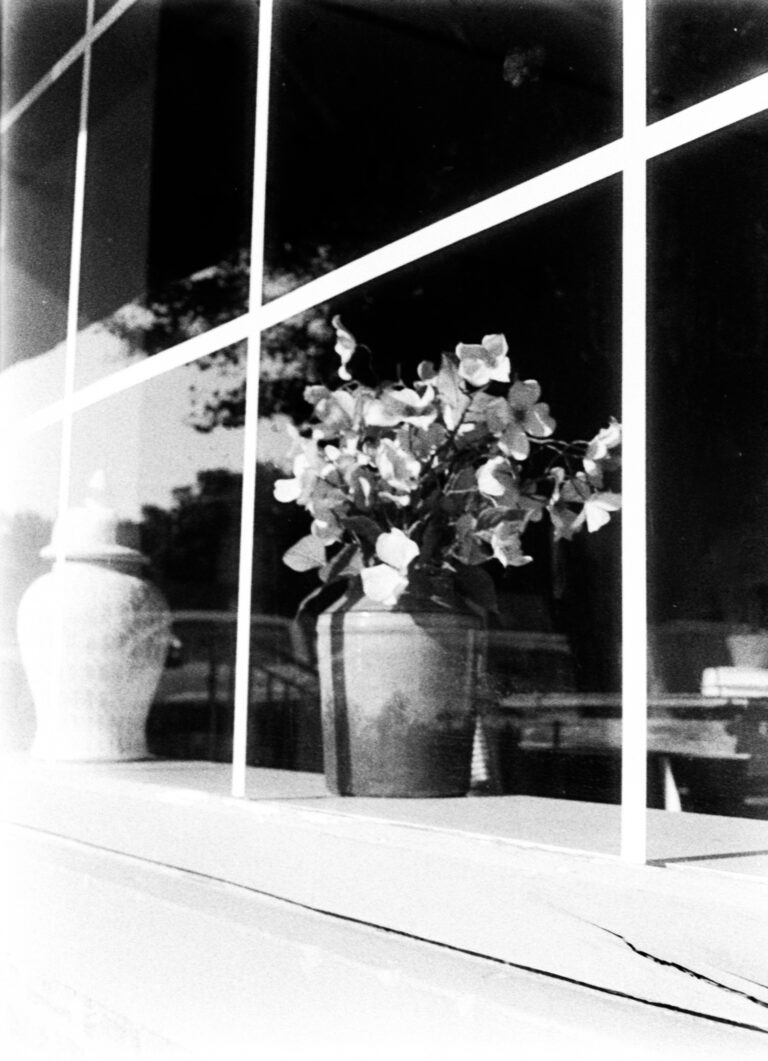
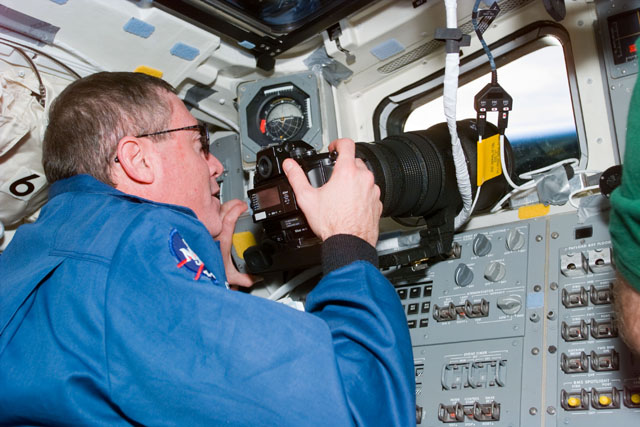
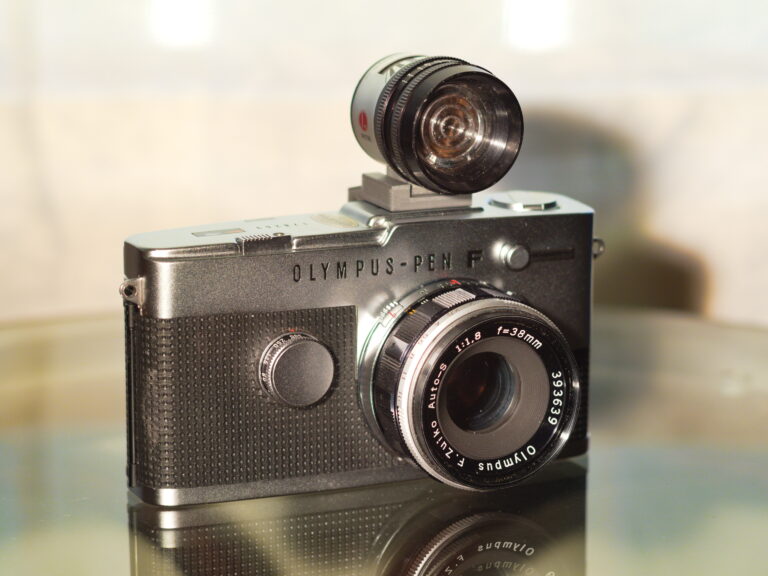
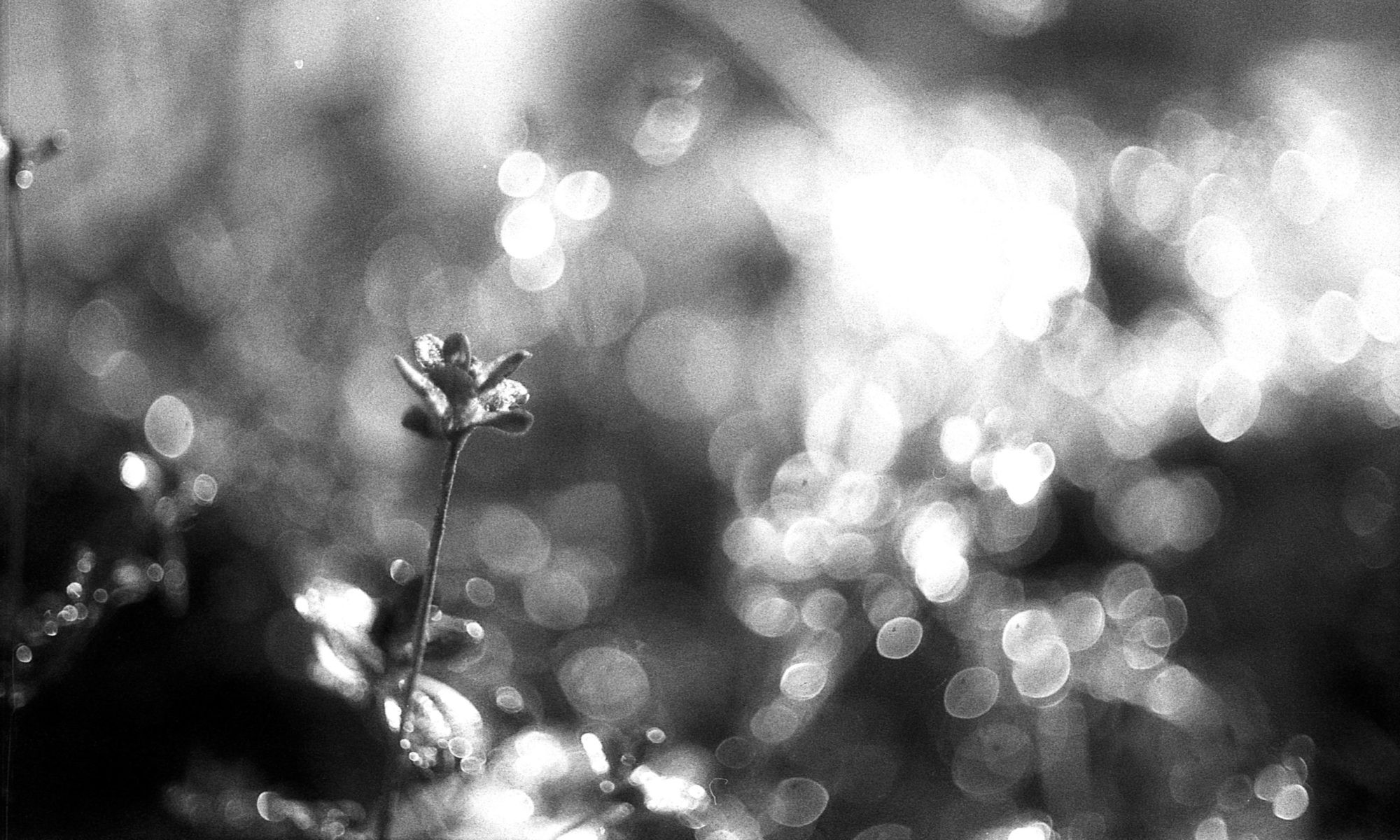

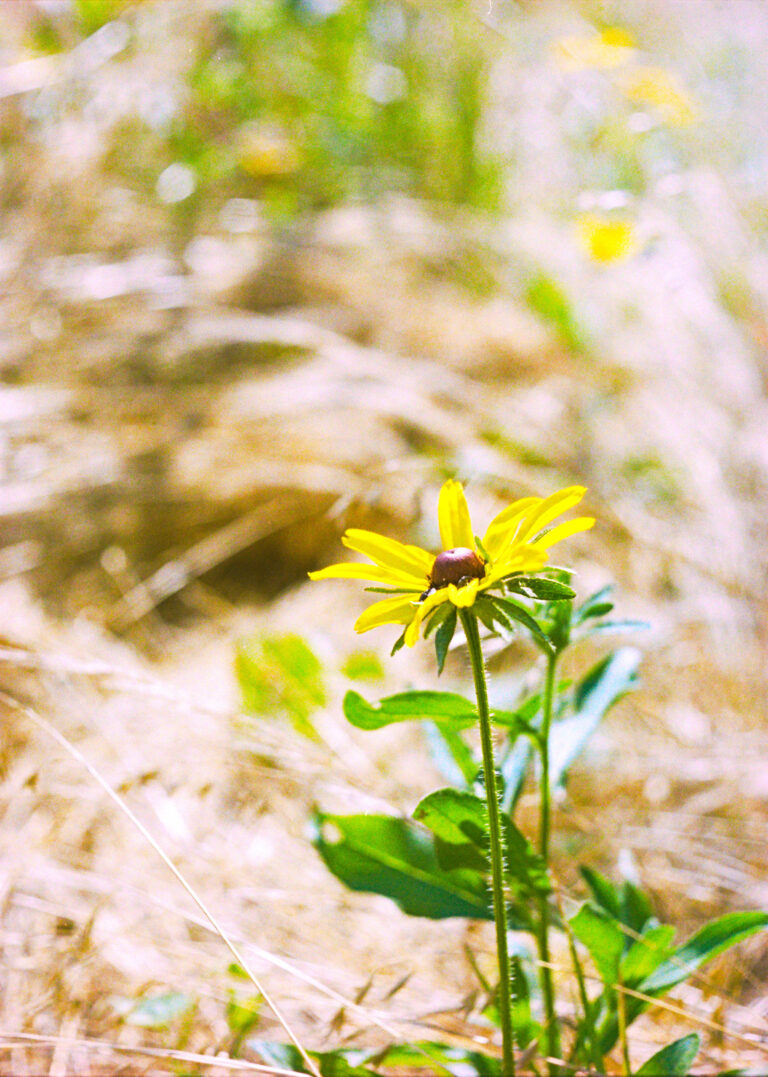
Leave a Reply